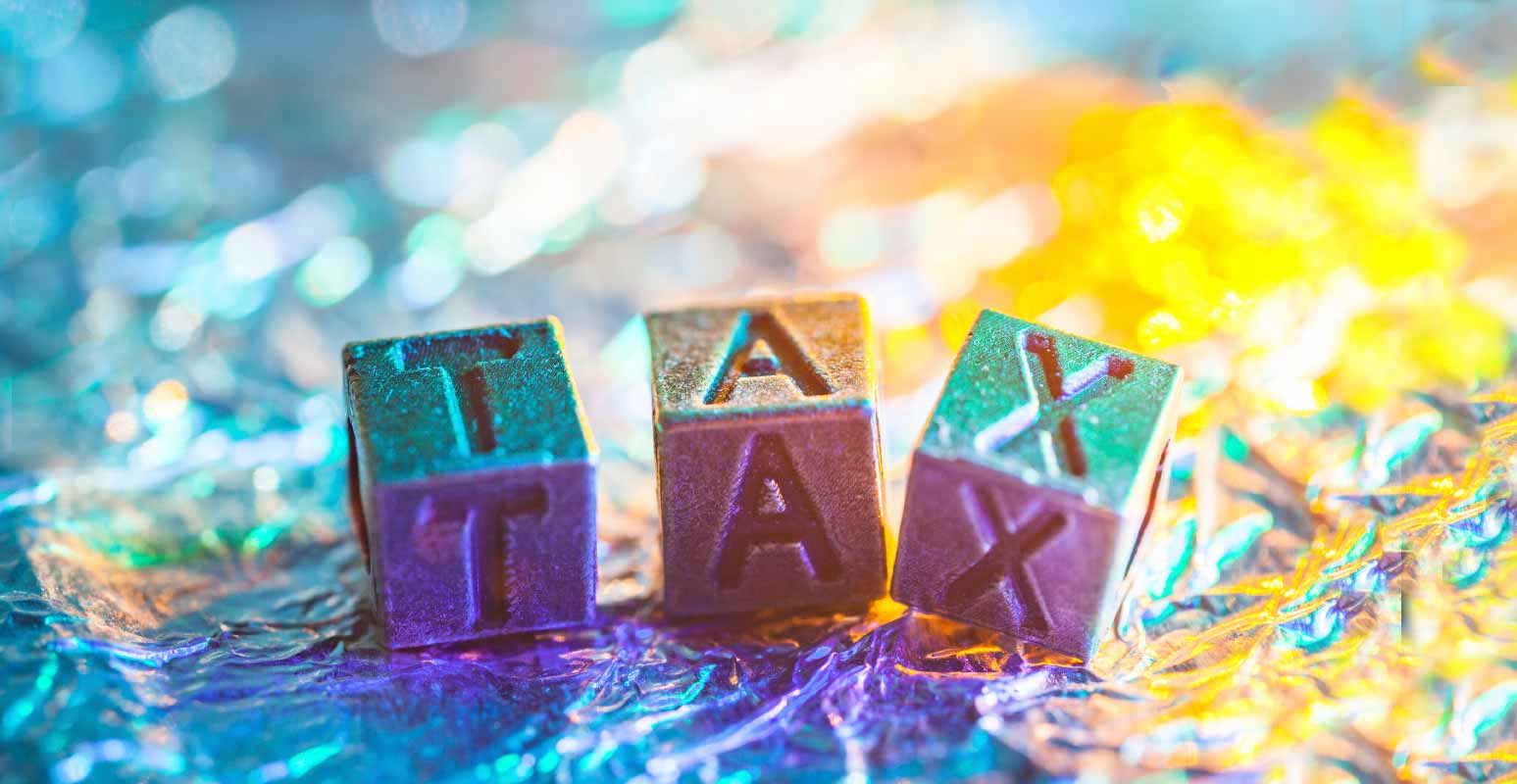What is an ISA and how much is my allowance?
In simple terms, ISAs (Individual Savings Accounts) and their Junior equivalents are tax shelters for your savings and investments. Interest earned on other savings (or current) accounts may be liable for income tax once an individual’s Personal Savings Allowance has been reached. Basic rate taxpayers may earn up to £1,000 interest tax free per year and higher-rate taxpayers £500. Additional rate taxpayers (45%) don’t get an allowance, making ISAs particularly relevant to affluent individuals.
The annual ISA allowance for each tax year has been raised by successive governments to now stand at a generous £20,000 for adult account-holders (see below for more on Junior ISAs). If the terms and conditions of your account allow, you can take money out and replace it in the same tax year without that counting towards your allowance (although charges may be levied for early access if you have a fixed-rate account).
You must maximise your ISA allowance by the end of each tax year on 5 April, or lose it. Remember to build in sufficient time for new accounts and transfers to go live.
The main types of ISA
The two main types of account are cash ISAs and Stocks & Shares ISAs, but several other kinds now also exist which may be beneficial (see below). Importantly, you can opt to split your annual ISA allowance between the two types of account.
Cash ISAs are akin to savings accounts where interest is earned tax-free. Cash ISA interest rates have now started to improve, having languished at low levels for many years (in line with those generally). However, they are still well below their previous peaks, when 5% was common, meaning that stocks & shares accounts may be preferable for those seeking higher returns.
Instant access “flexible” ISAs can be used like regular savings accounts and are therefore a good option for those who may need to withdraw money quickly. Fixed-rate ISAs, meanwhile, offer better rates in exchange for your money being tied up for a longer period (with penalties likely for early withdrawal).
You can only pay into one cash ISA each year, but recently some banks and building societies have started to offer “mix-and-match” cash accounts which allow savers to split their allowances between instant access (lower-rate) and fixed-term (higher-rate) pots under one tax wrapper.
Stocks & Shares ISAs enable to put your £20,000 allowance into a range of investments, as well as cash. Any gains are protected from tax (on Capital Gains from investment growth and dividend distributions) and without you having to declare these investments on your tax return.
Since you can hold a broad range of investments in a Stocks & Shares ISA – including government/corporate bonds, direct share holdings or investment funds – they offer the opportunity to achieve greater returns than cash, as well as the diversification benefits of a mixed portfolio. However, greater return potential comes with slightly higher risks, and so you should only invest money into risk assets for the longer-term (five or six years, at least).
Other types of ISA
Junior ISAs allow for under-18s to have up to £9,000 (for the 2024-25 tax year ) saved or invested on their behalf each tax year without any gains being taxed (again, there are cash and stocks & shares versions).
Importantly, JISA funds are not available until the account-holder reaches 18, after which control of these monies passes completely to them.
Lifetime ISAs are intended to help people 18-40 buy their first home or save for retirement with the help of government bonuses (they are in fact increasingly popular as alternatives or additions to pensions). The saver can put up to £4,000 a year into a Lifetime ISA until they are 50 and the government will add a 25% bonus on top (up to a maximum of £1,000 each year). Monies may be held as cash, or stocks & shares (or a combination).
Importantly, the £4,000 limit counts towards your normal £20,000 annual ISA allowance and you cannot pay into or earn bonuses on your Lifetime ISA post-50.
There is also a 25% charge (i.e. repaying the bonus) to withdraw cash or assets from a Lifetime ISA, unless you are over 60 or buying your first home.
Help to Buy ISAs are aimed at those saving towards a house deposit, with the government helping them to buy via bonuses. Savers can earn up to 2.53% interest tax-free and then the state will add 25% cash on top of their contributions.
This scheme is set to run until 2030 and is open to first-time buyers aged 16 and over, so could be a good option for those looking to save small amounts over many years. Bonuses are subject to various restrictions, however, such as on couples’ eligibility and property value so taking in-depth advice is warranted.
Innovative Finance ISAs are a type of account introduced in 2016 to allow savers to use their annual allowance to lend funds through the peer-to-peer lending/crowdlending market and so gain higher returns than cash accounts typically offer (usually double, in fact).
Covering personal loans, small business loans and property loans, IFISAs may offer annual returns of 8% – or even higher – but represent very much higher risks compared to cash accounts, particularly as they are not covered by the Financial Services Compensation Scheme.
Transfer rules
It pays to shop around for the best ISA deals each year (although do avoid incurring early access penalties on fixed-rate accounts). Interest rates vary quite widely, as can the costs of stocks & shares platforms and dealing.
Under the current transfer rules, you can transfer ISA monies between providers without this impacting your allowance for that tax year. You can even transfer all your previous years’ savings into one type of account and this year’s into another. However, while you can transfer some or all of previous years’ funds, the total for the current year must be transferred.
Obviously, withdrawing money from an ISA – such as to place it in a normal savings account – means losing the tax benefits on that money.
Becoming an ISA millionaire
Not for nothing did Einstein call compound interest “the eighth wonder of the world”, and using your ISA allowance each year is the perfect illustration of its magic: compounding makes it eminently possible to become an ISA millionaire in just over two decades. If you invested £20,000 each year from now and achieved a net annual growth rate of 7%, you would have an ISA pot of £1.04m after 22 years.
It is in fact possible to become an ISA millionaire in less time. Those lucky enough to achieve 10% annual growth would take only 18 years, for example. However, a slightly slower, steadier approach which balances growth and capital preservation is probably the wiser (and more psychologically comfortable) course for most investors.
Of course, with cash ISA interest rates still well below historical highs, achieving returns anywhere near the 7% required for millionaire status will call for investors to take on a reasonable amount of risk via a Stocks & Shares ISA, and to focus on equities. Since the millennium, the average cash ISA has generated 0.89% a year above inflation, against an equivalent total return from the UK stock market of 3.66%. In fact, UK equities have beaten cash in nine out of 10 rolling 10-year periods since 1899, and 99% of the time over rolling 18-year periods.
Of course, the precise mixture of assets you should hold in your ISA tax-wrapper will depend on your individual investment time-horizon, objectives and risk-profile. However, not investing your annual allowance in assets outside cash will mean missing out on inflation-beating returns – and the chance to be an ISA millionaire.
There are various low-cost options (like “robo-advisors”) to help investors start to invest in stocks and shares. However, as your ISA pot builds it pays to take professional advice to maximise your returns and minimise the risks and stress of managing a substantial sum yourself.
Inheritance and ISAs
On 6 April 2018, the government eliminated a complexity in the ISA rules which makes them even more attractive wealth management tools from an estate planning perspective.
Previously, individuals could pass on the value of their ISA to their spouse or civil partner (under the Additional Permitted Subscription system) adding this to the survivor’s ISA allowance for a period of up to three years after the death. However, any growth occurring between the time of death and the estate’s closure was subject to tax.
From 2018 this growth remains tax free under a “continuing ISA”, ending the possibility that the assets could outgrow the tax-efficient wrapper while probate is in progress.
Summary
Maximise your ISA allowance
ISAs may be a basic wealth management tool, but they are also an incredibly important one since minimising tax is just as important as maximising investment returns.
Ensuring that you use your ISA allowance each year is a vital part of growing your wealth and you should also look to using them intelligently. All too often, affluent investors have a collection of ISAs accumulated over the years that are not optimised for growth. A professional wealth manager will help you get all these savings working as hard as they possibly can as part of a holistic financial plan.
Simply fill in our matching questionnaire to find the best-placed investment professionals to serve you. Or, if you would like to discuss your situation with our expert team, please do get in touch.



